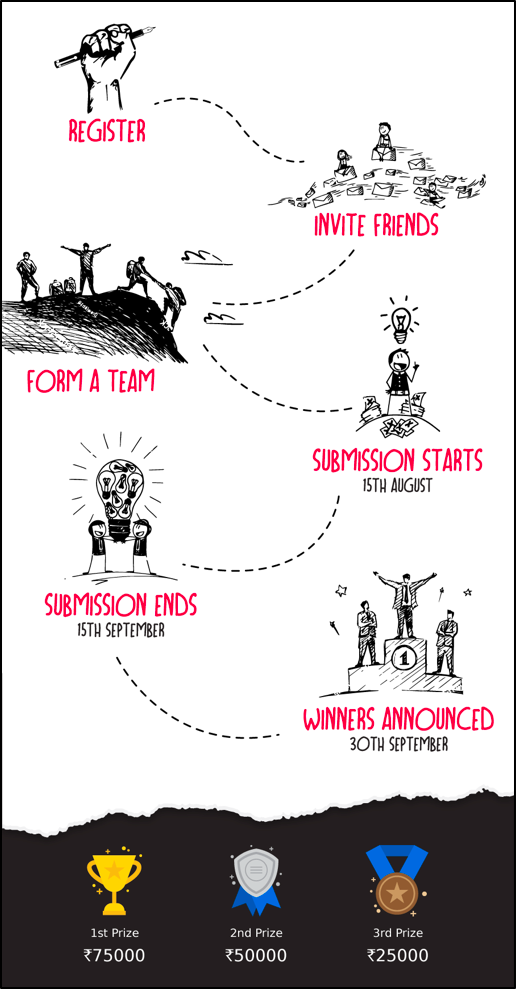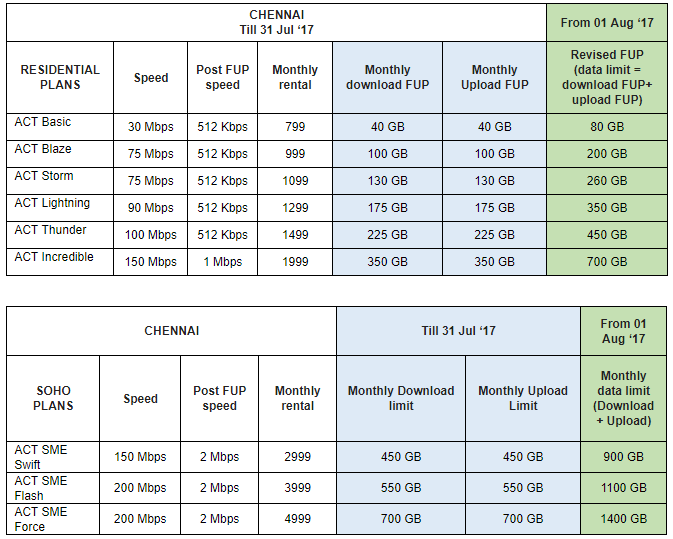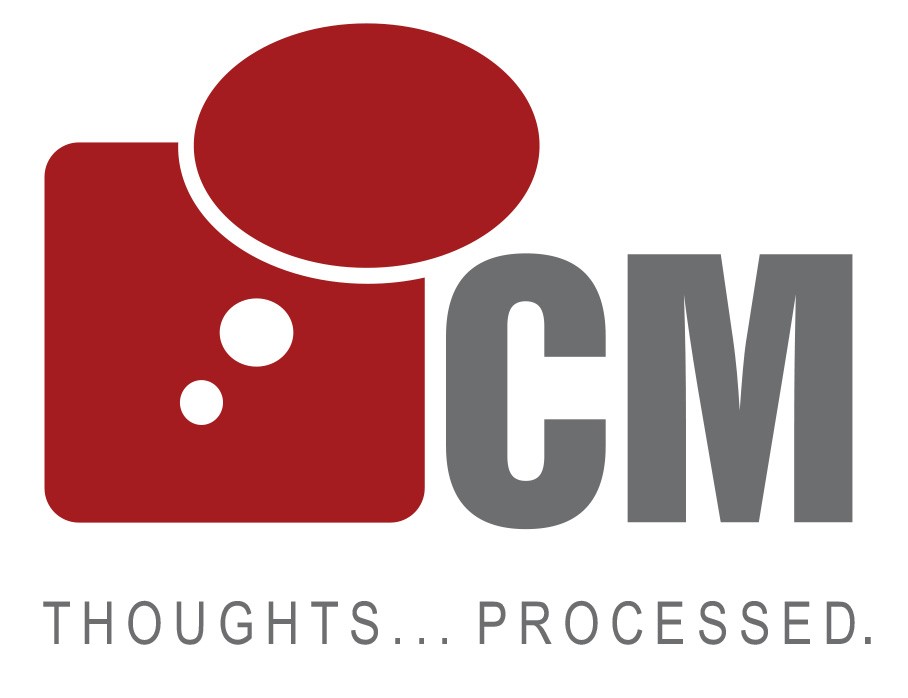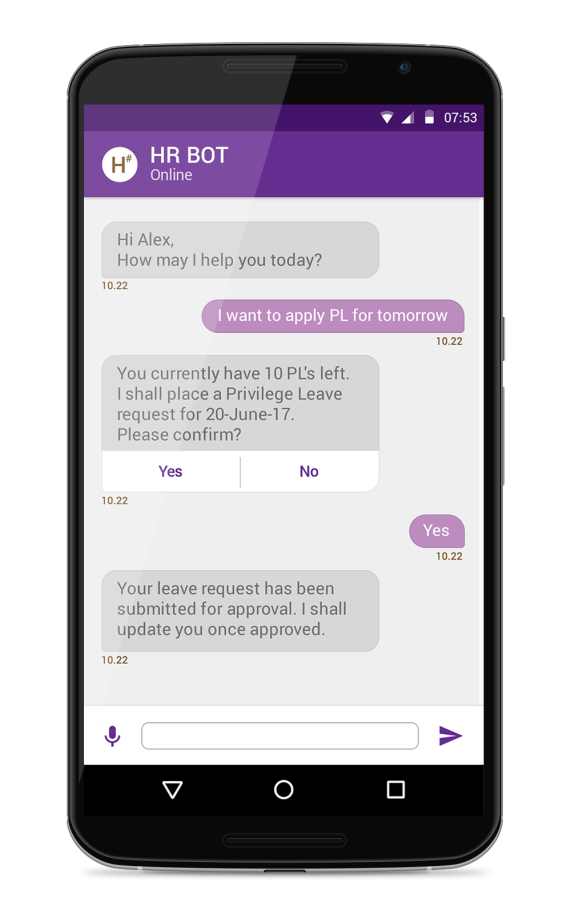The IoT India Confex 2017, India’s most unique and comprehensive IoT conference will be held on 24th and 25th August at Le Meridien Hotel in Vasanth Nagar, Bengaluru. Organized by Aayera, supported by Department of Telecommunications & Ministry of Communications & Information Technology, the two-day IoT conference is an amalgamation of thought leaders, IoT solution providers, IoT solution seekers, start-ups, State IT Secretaries, Government officials and Investors from across the globe.

VS Shridhar, Senior Vice President for Tata Communications, Damodar Sahu, Consultant partner & Head, IoT for Wipro Limited, Dr Neena Pahuja, Director General ERNET India, Department of Electronics & IT, Vikrant Sankhe, Executive General Manager for Siemens are some of the prominent speakers at the event. They will be joined by industry leaders like Sandip Datta – IoT Country Head, IBM Watson for IBM India Pvt Ltd and Mr. Ramesh Verma, President for The VR/AR Association.
IoT India Confex will focus on industries like Industrial IoT, LPWAN connectivity, Smart cities, Healthcare IoT, Wearables & VR, Connected and autonomous vehicles, Blockchain, Enterprise IoT, Manufacturing & Supply, IoT Architecture, IoT Data analytics & AI, Sports & entertainment, IoT security and agriculture.
Syed Fareed Ahmed, IoT expert and Project Director, Aayera said
IoT is one of the most talked about technologies in India. The next big step is towards implementation of IoT across different industries and sectors. The IoT India confex is a business driven event that brings together solution providers and solution seekers under one roof to discover the most disruptive IoT solutions.
The following are the highlights of the event:
Key Note presentations
- Connectivity IoT: Partnerships and collaboration to maximize LPWAN (Low power wide area network) success. Looking beyond the technology to understand what will Make LPWAN successful
- Industrial IoT: future of internet of manufacturing, Generating the new ecosystem for Industries 4.0 – Enabling horizontal cross company value chains by new partnerships and business models
- Healthcare IoT: patient monitoring today and the role of artificial intelligence in future
- Automotive IoT: what IoT solutions should automotive OEM’s need to implement for sophisticated connected vehicles
- Smart home: the role of retailers and advertisers – accelerating smart home product sales
- Wearables, AR & VR: the future of motion sensing in IoT
- Energy & Utilities: Internet of Things in energy & utilities
Panel discussions
- LoRa connectivity: Creating game-changing opportunity with LPWAN
- Joining forces: Building an open, collaborative & secure ecosystem to deliver true IoT success
- Emerging IoT solutions for patient monitoring, prevention and mobile health
- Smart cities: Creating smarter cities – future trends and best practices
- From fantasy to reality: Successfully launching connected/autonomous vehicles
- Looking ahead in wearables, AR & VR: from dream to essential
Attendees can look forward to two days of insightful sessions exploring Industrial IoT solutions and an exhibiting space to showcase the IoT Solutions. Attendees can also network with potential business partners and discover new projects. IoT India Confex is an opportunity for attendees to evaluate, select and implement IoT solutions that improve business processes, create new revenue opportunities and drive business transformation.
For more information, please visit IotIndiaConfex












